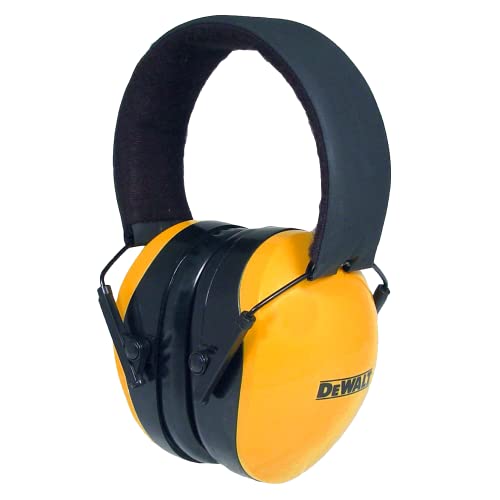But why side exits?There is benefits of front exhaust flow from the stock muffler modification stub to that of a side stub modified muffler . I find that a short blowdown saw & a front discharge increases rpm & horsepower gain where as side discharge & longer blowdown rates enhance available midrange torgue values . Strato & reed valve saws really wake up & run cooler with a proper muffler modification !
My best guess is linear dynamic flow. At high rpm you have effectively less volume once you past your VE or stalling of the air coming in a naturally aspirated intake port. The muffler has a stronger pulses when the side exits are used but it still see more gasses to release as RPMs go up so getting it all out the fastest way or upfront to release more backpressure vs having to turn will get it out faster. We all know it's louder. Noise is energy leaving the tool. The turn takes longer and flows less around rough edges vs the open front cover or open hole. The side exit turns the gasses twice. That takes time and energy. Maybe only 0.0004 of a second more at 10k but it matters as you guys say it does based on testing. Screens even giant ones with larger holes help with noise. Quiet is good most times once we mess with stuff just not practical or light weight.














